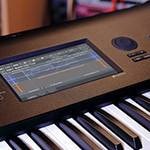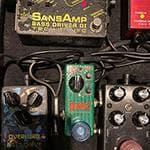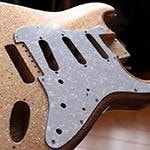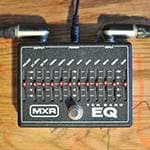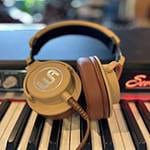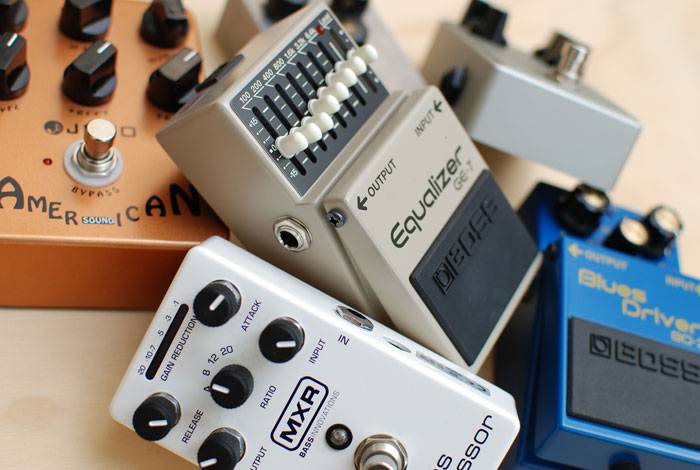
Hello! Kaoru the composer here!
Today, I would like to talk about the EQ (equalizer) effect pedal as part of my basic guide to effect pedals.
This type of effect falls under the “filter” category.
It’s not only available as a pedal — it’s also commonly built into amplifiers, so many of you have probably used it before. Since EQ functionality is also often included in music apps and media players, it’s likely familiar even to those who aren’t musicians.
Many people probably already have a general idea of what it does without needing much explanation, but let’s take a moment to summarize it properly!
■ What is an Equalizer?
Equalizers are generally divided into two main types: graphic equalizers and parametric equalizers.
As an effect, an equalizer allows you to shape your sound by boosting (increasing) or cutting (decreasing) specific frequency ranges.
While the concept is quite simple, the way you use it can lead to a wide range of results — it’s a surprisingly deep and powerful tool.
EQs aren’t just for electric guitars; they’re also commonly used with bass, synthesizers, drums, and many other instruments.
If you're a music producer or work with DAWs, you probably use EQs frequently during mixing.
It's a fundamental and essential effect for crafting your sound.
■ What is a Graphic Equalizer?
A graphic equalizer is a type of EQ that allows you to visually adjust each frequency band.
It features a series of sliders that can be moved up or down for each frequency range — moving a slider up boosts the frequency, while moving it down cuts it.
The specific frequency bands available vary depending on the model.
From left to right, the sliders typically control frequencies from low to high.
Because of its visual layout and straightforward operation, it’s a great tool for learning sound shaping!
Graphic equalizers are commonly installed in recording studios and other professional audio environments.
■ What is a Parametric Equalizer?
Unlike graphic equalizers, parametric EQs don’t control a wide range of fixed frequency bands. Instead, they allow you to select a specific frequency and fine-tune it up or down to shape your tone.
Since the adjustments aren’t visually intuitive and the controls can be more complex, parametric EQs are generally considered more advanced tools that’s more suited for experienced users.
They also offer the advantage of being able to adjust a wide range of frequencies around a selected point, and because they use fewer filters in the signal path, they help minimize sound degradation.
Now, let’s take a look at a recommended product available at Sound House:
MXR / M108S 10 Band Graphic EQ
A 10-band graphic equalizer that offers wide-range tone control in a compact enclosure.
This model builds on the original M108 by adding a noise reduction circuit and true bypass.
Its lightweight aluminum body provides both excellent portability and durability.
It also supports dual outputs, allowing for a variety of setup options.
Not just for electric guitar — it's also highly effective for bass.
The tonal changes when adjusting the faders are easy to recognize, making the pedal highly intuitive and user-friendly.
It can be used as a constant-on tool for shaping your core tone, or as a booster for solos and lead parts.
BOSS / EQ-200 Graphic Equalizer
A graphic equalizer equipped with a highly visible display and two 10-band EQ sections.
It operates with extremely low noise, so you can go for bold settings without any worry!
Since it lets you shape your tone without altering the original signal, once you get used to it, you’ll be able to craft your sound freely and with precision.
It also supports MIDI control, offering even more flexible operation.
TECH21 / Q STRIP Equalizer for Bass and Guitar
The parametric equalizer released by TECH21, known for their classic bass preamp SansAmp.
It can be used not only with guitar and bass, but also with a variety of other instruments.
With a built-in buffer, simply running your signal through this unit gives your sound a solid, punchy character.
The EQ controls are easy to understand, so you can quickly dial in your desired tone.
BOOT-LEG / DR.MID RICH Mid Controller
An equalizer focused specifically on midrange control.
The control panel is extremely simple, featuring only MID EQ and BOOST knobs.
The DR. MID RICH Mid Controller is perfect for moments when you want your tone to stand out such as solos or lead parts.
Its response is very powerful, making it a great choice for players looking for an aggressive, cutting sound.
A highly popular equalizer plugin among composers and engineers.
It features a sophisticated user interface, making it easy to understand and navigate your settings.
Since its release, it has been a long-lasting hit, leading to version 3 after numerous updates!
With a maximum of 24 EQ bands, it allows for extremely detailed adjustments.
Additionally, the Intelligent Solo Mode helps identify problematic frequencies, and you can apply effects to specific frequency ranges.
It's the ultimate equalizer in my opinion.
That wraps up my explanation of Equalizers and some recommended products!
Once you get used to it, anyone can use an equalizer effectively!
If you’re struggling with sound design and not quite getting the results you want, why not give an EQ a try?
The “sound & person” column is made up of contributions from you.
For details about contributing, click here.





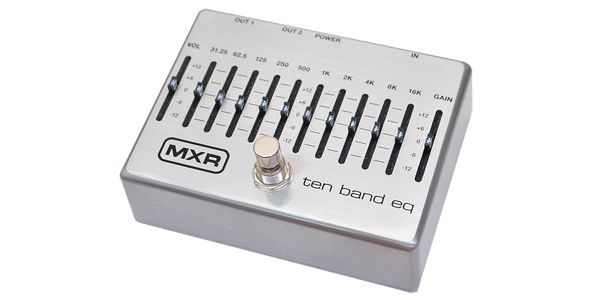
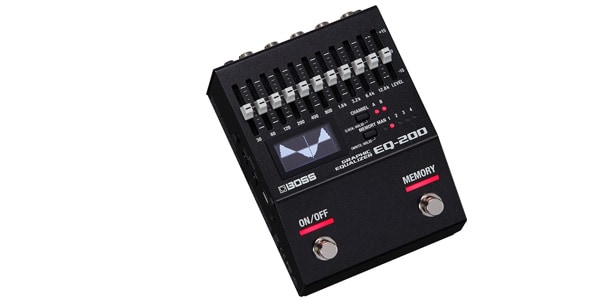
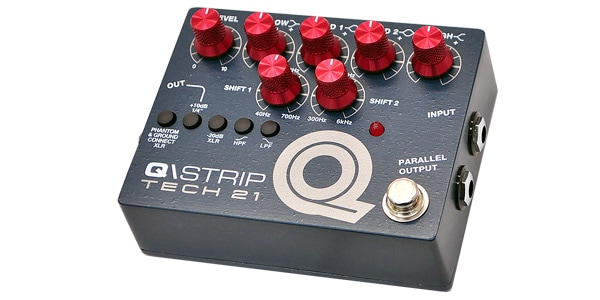
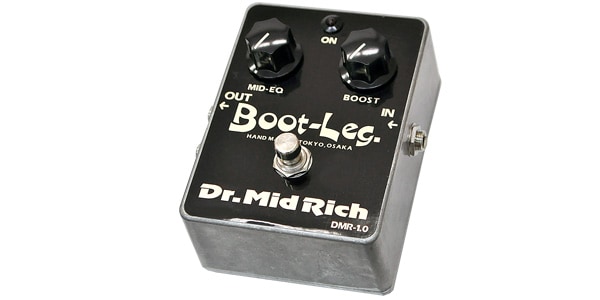
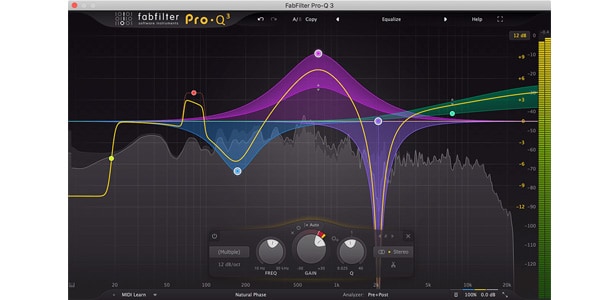


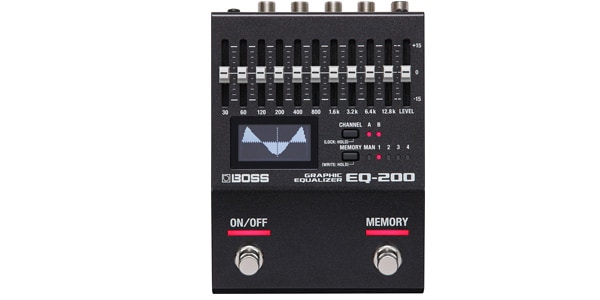




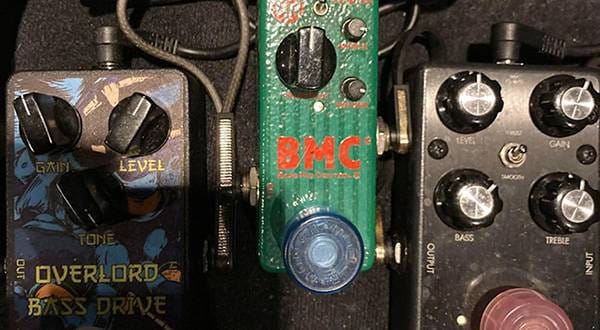
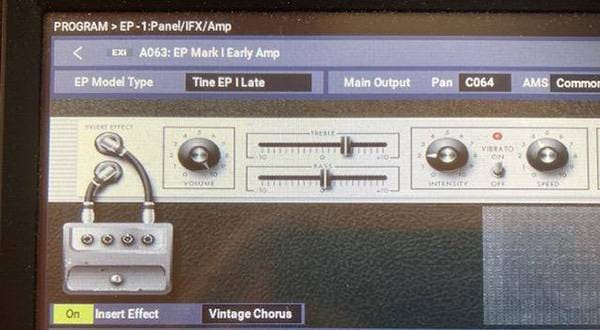
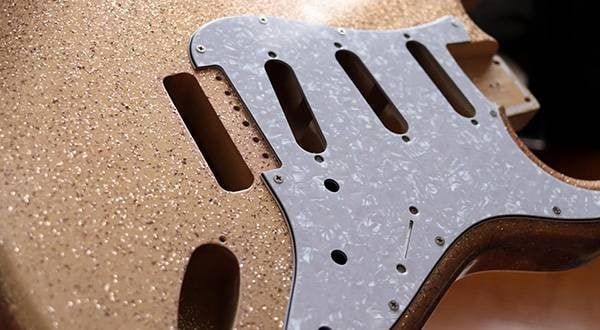
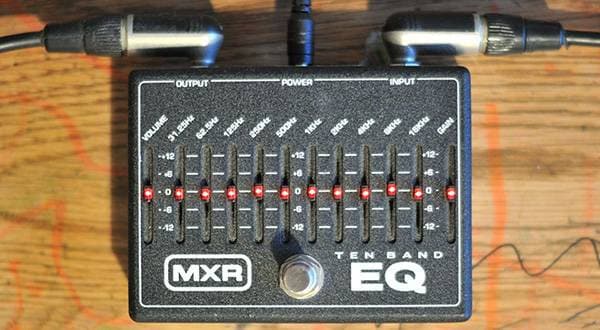
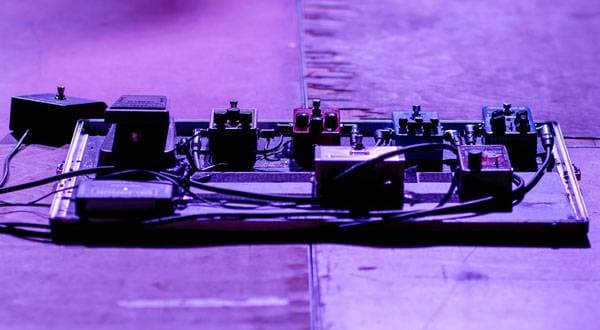
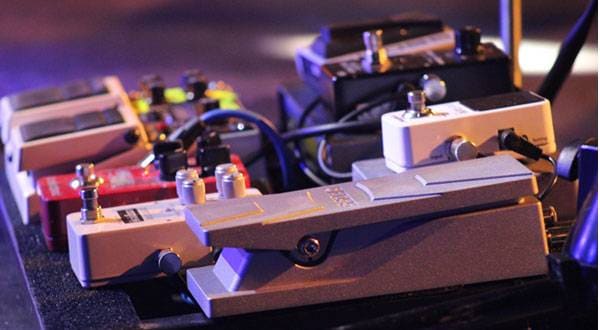
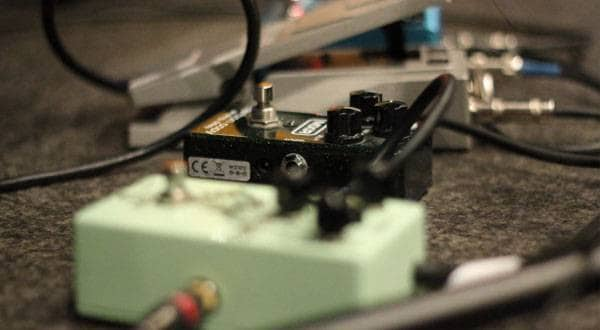
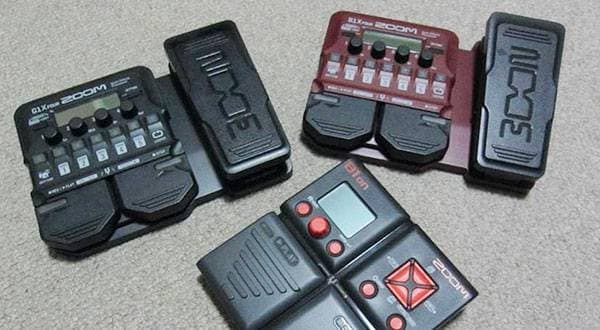

![[Apple CM] A look at James Blake’s recording equipment!](/contents/uploads/thumbs/2/2020/8/20200814_2_10906_1.jpg)
 はじめてのエフェクターは GT-1 にしよう
はじめてのエフェクターは GT-1 にしよう
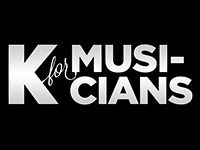 K for MUSICIANS
K for MUSICIANS
 第2弾 あなたのエフェクターボード見せてください
第2弾 あなたのエフェクターボード見せてください
 【初心者向け】エフェクター講座
【初心者向け】エフェクター講座
 エフェクターのつなぎ方
エフェクターのつなぎ方
 エフェクターの種類
エフェクターの種類
